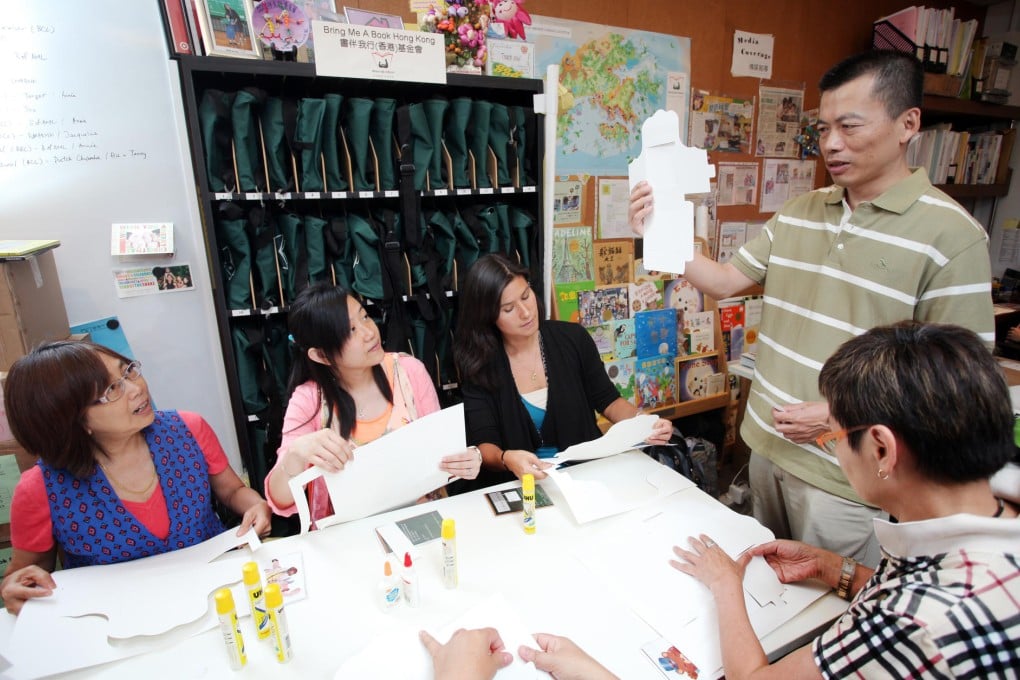Create expectations
Taiwan academic promotes a Japanese paper theatre technique to help turn children from being listeners to active participants

It was not just the story about a little frog trying to find his mother that had the audience captivated. It was the way Chen Chin-ching told it. Pictures on a little wooden stage showed the different parts of old Taiwan the frog visited and when the boy and his mum were finally reunited, Chen took the pictures and placed them on the floor.
All of the sudden, a visual map of Taiwan appeared before the audience. The response: "Wow!"
I can see it being used in a classroom to boost students' confidence in telling stories
Chen, a lecturer in the department of child care and family studies at the Asia-Pacific Institute of Creativity in Miaoli, Taiwan, was in Hong Kong last month to conduct workshops for trainers in the charity Bring Me a Book.
It's always wonderful when a child's eyes light up when a parent reads them a story. But the method of storytelling Chen used, called kamishibai, turns the child from passive listener to active participant - and parents and storytellers could hardly be more delighted.
Kamishibai, which is Japanese for "paper theatre", involves making a stage, which serves as the tool for telling the story. Chen and his assistant, Cindy Tsai Hsin-yu, showed the trainers how to make a simple one out of paper. They did the same thing at a performance for children at the Shun Lee Integrated Family Centre in Kwun Tong.
"I had read some books about kamishibai and thought it was a very interesting way of storytelling," says Chen.